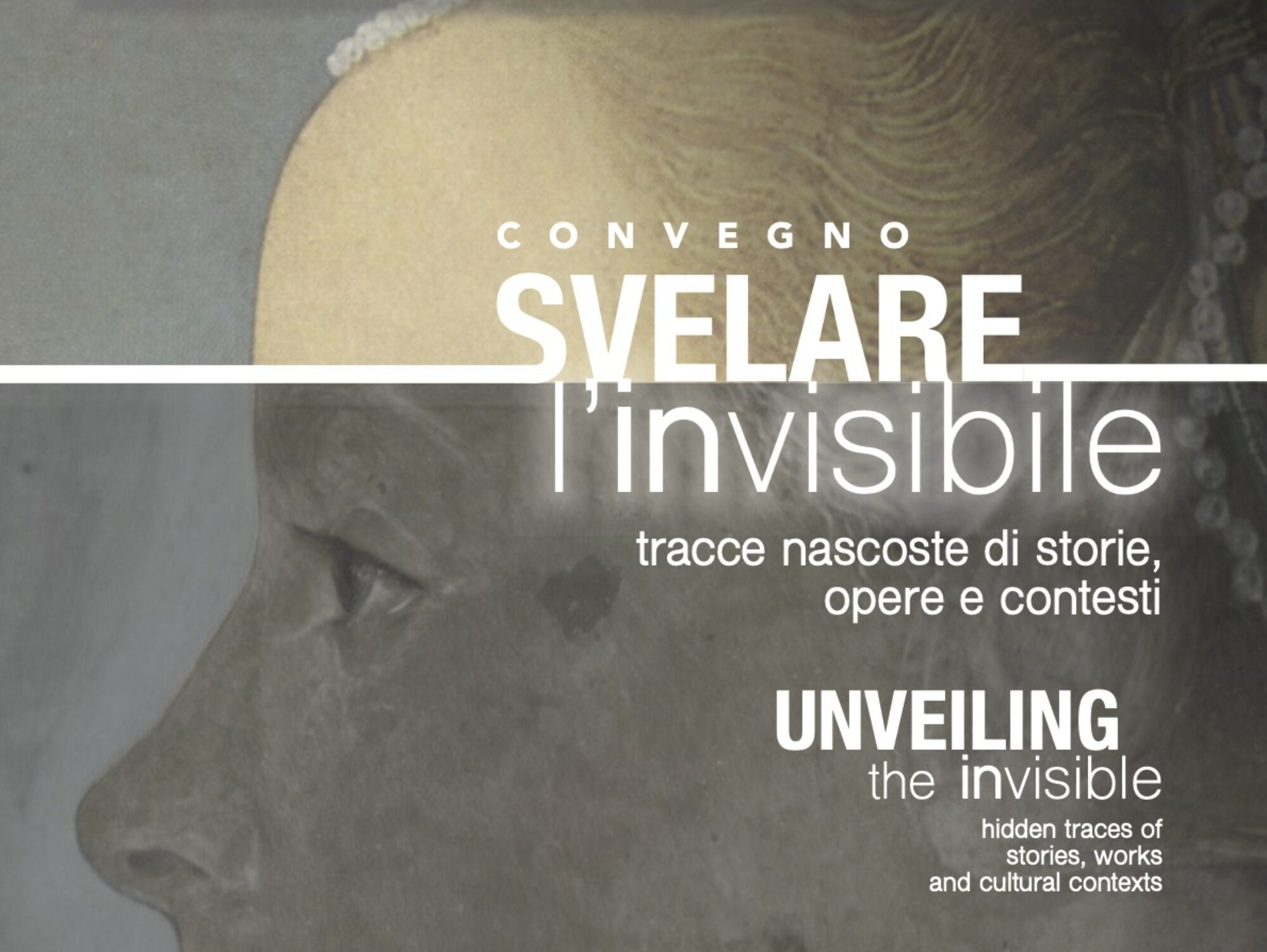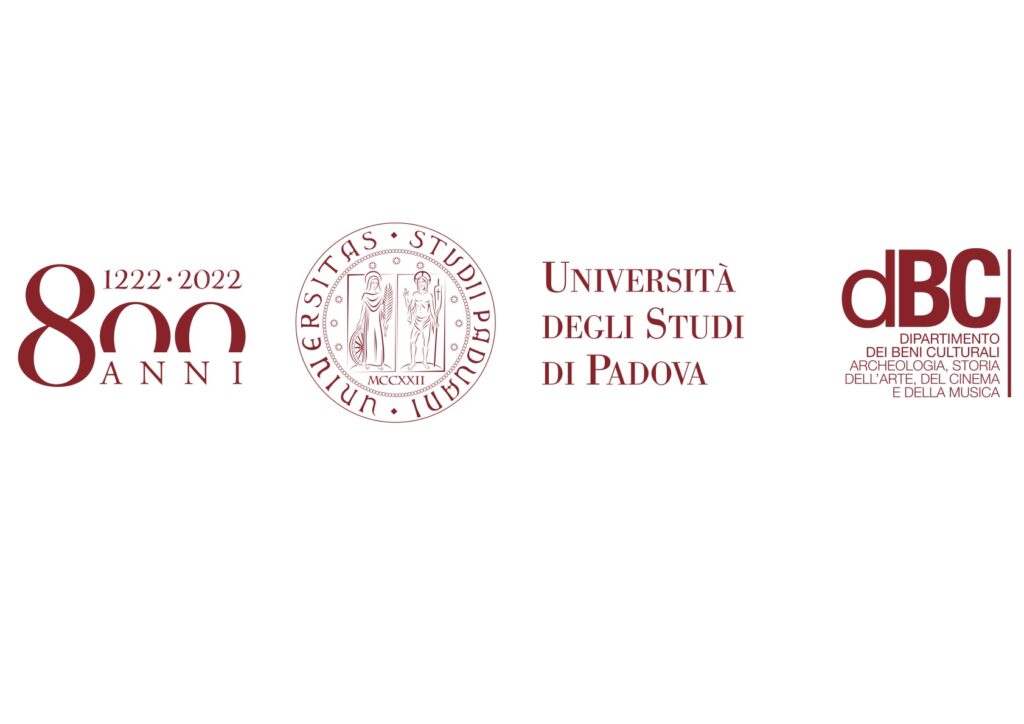Interpreting traces: stories of works and contexts
Clarissa Cammarata (Università degli Studi di Trento)
Liturgical-musical interlacings between Torino and Asti: the antiphons Claviger regni coelorum and Beati Joannis praecursoris
Liturgical and liturgical-musical books represent a clear mirror of the medieval society: through the analysis of their codicological, paleographic, decorative and content aspects it is possible to trace not only the historical elements of the area in which a manuscript was copied, but also, through the comparison with others manufacts, the relations between apparently stranger regions, institutions and figures. Two manuscripts from Piedmont are illustrative: the Antiphonary XXIX of the Library of the Episcopal Seminary in Asti, which is datable between the end of XII and the beginning of XIII century, contains a musical notation that proceeds by linked dots and comes from the monastery of San Bartolomeo in Azzano, and the palimpsest Gradual-Responsorial-Antiphonary gr. 2631 of the Bibliothèque nationale de France, with «Novalesa» adiastematic notation, which was probably copied in the church of San Solutore in Torino at the end of X century. These manuscripts – that have been examined by the writer and by Christelle Cazaux-Kowalski – contain in fact some exceptional pieces, four of which attested in a few manuscripts but extremely rare and two of which, the antiphons Claviger regni coelorum and Beati Joannis praecursoris, elsewhere unknown. This conference will represent the opportunity to study the reasons for these analogies, that are the ‘invisible’ connections, among X and XIII centuries, between the areas and the institutions involved. Consequently, it will be possible to bring to light two unkown melodies through their transcription and formular and stylistic analysis.
Antonella Manca (Università degli Studi di Udine)
Pacini’s long lost autographs: three versions for a tenor’s Scena e Aria
The aim of this paper is to retrace the history of different authorial versions of La Sposa Fedele – an opera semiseria in two acts by Gaetano Rossi (1774-1855) and Giovanni Pacini (1796-1867) – through the examination of some musical autographs recently found in Pacini’s Archive. Musicologists have thus far identified two authorial versions of La Sposa Fedele: the first relates to the premiere that took place during the 1819 Carnival season of Teatro San Benedetto in Venice, which is considered lost; the second relates to the 1819 performance at La Scala, which became the vulgata of the work. Indeed, La Sposa Fedele had a disastrous debut on the stage and, after a few days, the second act and then the entire opera were suppressed. In order to solve certain formal and dramaturgical issues, Pacini revised both music and libretto for the Milan performance in August 1819, where it gained a good success. However, after a careful examination of musical sources stored in the Pacini’s Archive in Pescia, a third version of La Sposa Fedele has been rediscovered, which had been prepared by the author for the Teatro Carignano in Turin in 1820. Moreover, the discovery of the autographs related to Finale II and to Erardo’s Scena e Aria from the first version led to a reorganization of the Pacinian sources, and to a questioning of what is considered lost. Although a complete copy of the first version has not been preserved, it can be partially reconstructed by observing the variants in the manuscript owned by Ricordi, and by analyzing these two rediscovered autographs. In particular, the comparison between the three versions of Erardo’s Scena and Aria can be considered the starting point for understanding the modalities and motivations that Pacini has carried out with the remaking process of the work.
Francesca Cecconi (Università degli Studi di Verona)
The many lives of a puppet: rediscovering a character
What does it mean to restore a puppet? Through the example of the restorations carried out on the puppets of Nino Pozzo (1901-1983), a 20th century puppeteer from Verona, it is possible to understand the evolution of a simple piece of wood. Nino Pozzo was a pupil of the great puppeteer Francesco Campogalliani (1870 -1931) and learnt his craft from him, but he also inherited his puppets. These puppets date back to the end of the 19th century and were modified by Pozzo over the years for stage requirements. Following restoration, some of the puppets were returned to their original state, totally erasing the changes made by the Veronese puppeteer in the mid-20th century. This study aims to highlight some methodological questions on what it might mean to restore an object that by its very nature is constantly changing according to the needs of the performance. Each puppeteer reworks his own puppet: he adds elements or removes others. In some cases, some elements are lost during the performance. A chipped nose, a stubby finger may be elements that have been present since the puppet’s birth or elements that have enriched the character over the years, as a result of the famous stage slapstick. The signs of performance are the marks of time on a work that never grows old.

